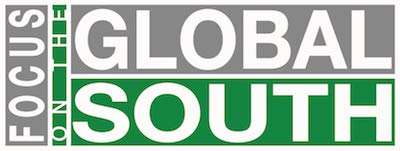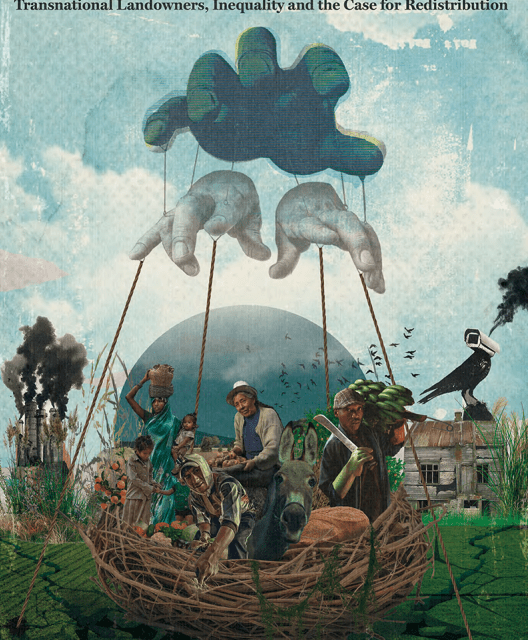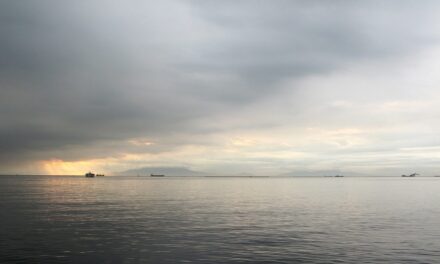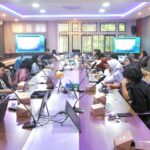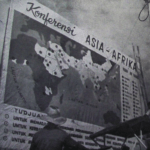The accumulation of vast amounts of land by a small group of global corporate landowners is fueling inequality and accelerating the climate crisis, according to a new report which calls for land redistribution and global tax reforms to reverse this dangerous trend.
Massive tracts of land in the Global South are being bought up by international investors and ultra-rich corporations, fueling growing inequality – part of a wider global trend of wealth transfers away from the poor and working people.
The report from FIAN International and Focus on the Global South, Lords of the Land: Transnational Landowners, Inequality and the Case for Redistribution, puts the spotlight on the world’s ten largest transnational landowners – who together control 404,457 km², an area the size of Japan.
This is part of a global land rush. Since 2000, corporations and financial investors have acquired an estimated 65 million hectares of land – twice the size of Germany. Today, 70 percent of global farmland is controlled by the largest 1 percent of giant industrial-scale farms.
Forced displacements
This concentration has grave implications for food security, threatening the livelihoods of 2.5 billion smallholder farmers and 1.4 billion of the world’s poorest people, most of whom rely on agriculture for survival. It is also driving violence, forced evictions, and environmental destruction while also contributing significantly to climate change.
Virtually all the top global landowners named in the report have been implicated in reports of forced displacements, environmental destruction, and violence against communities.
One of the main players is the US pension fund TIAA, which has acquired 61,000 hectares in Brazil’s Cerrado region, one of the world’s most biodiverse areas. In the Cerrado, approximately half of the land has been converted into tree plantations, large agro-industrial monocultures, and pastures for cattle production — amid reports of violent land grabs, deforestation and environmental destruction which already shows signs of impacting the climate.
TIAA almost quadrupled its global landholdings between 2012 and 2023 — from 328,200 hectares to 1.2 million hectares.
Inequality
Land concentration undermines state sovereignty and peoples’ self-determination, with distant corporations controlling vast tracts of land across multiple jurisdictions.
The industrial-scale monocropping, often carried out on this land, is a major driver of climate change, biodiversity loss, and ecosystem destruction, preventing just transitions to more equitable and sustainable food systems and economic models.
These developments reflect a broader global trend of rising inequality and wealth concentration. Since the mid-1990s, the richest 1% of the world’s population has captured 38% of all additional accumulated wealth, while the poorest 50% have received only 2%. An estimated 3.6 billion people, or 44% of the world population, now live on less than US$ 6.85 a day, below the threshold for a dignified life.
Because land grabbing is largely driven by global capital and the accumulation of land across jurisdictions by transnational corporations and financial entities, international cooperation is essential. The upcoming International Conference on Agrarian Reform and Rural Development (ICARRD+20) in Colombia early next year offers a critical opportunity for governments to agree on measures that end land grabbing, reverse land concentration, and ensure broad and sustainable distribution of natural resources.
In a world facing intersecting crises – from climate breakdown and food insecurity to entrenched poverty and social inequality – and amid reconfiguration of the global balance of power, now is the time to move away from neoliberal policies that have benefited very few, and to create a more just and sustainable global future for all.
For more information or media interviews please contact Anisa Widyasari [email protected] or Tom Sullivan [email protected].
